Bifurcator
TPF Noob!
- Joined
- Jun 1, 2008
- Messages
- 3,312
- Reaction score
- 1
- Location
- Japan
- Can others edit my Photos
- Photos OK to edit
prodigy2k7,
That's an awfully funny football stadium where the the lights are always changing. Someone needs to take the whiskey bottle away from the guys in the lighting booth!
That's an awfully funny football stadium where the the lights are always changing. Someone needs to take the whiskey bottle away from the guys in the lighting booth!


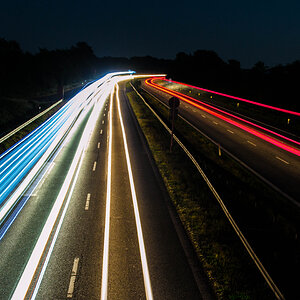

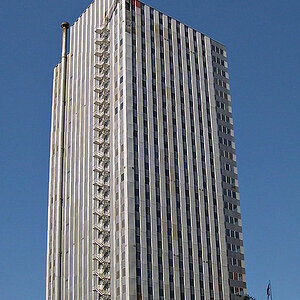
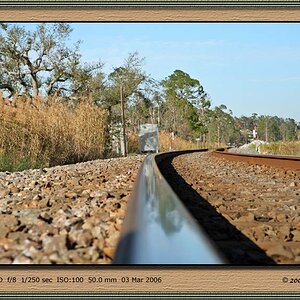

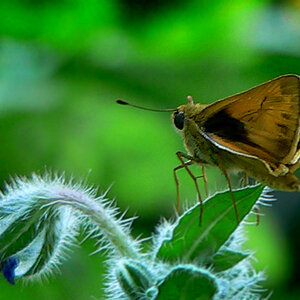
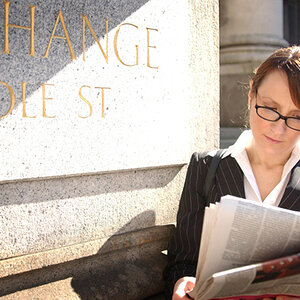
![[No title]](/data/xfmg/thumbnail/32/32004-4455324f0b4b5cc318dd35877147ac47.jpg?1619735148)
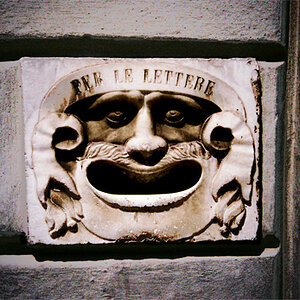

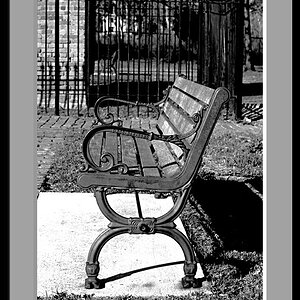
![[No title]](/data/xfmg/thumbnail/32/32005-d13a0bcc56327c42bd32dff4b0776658.jpg?1619735150)